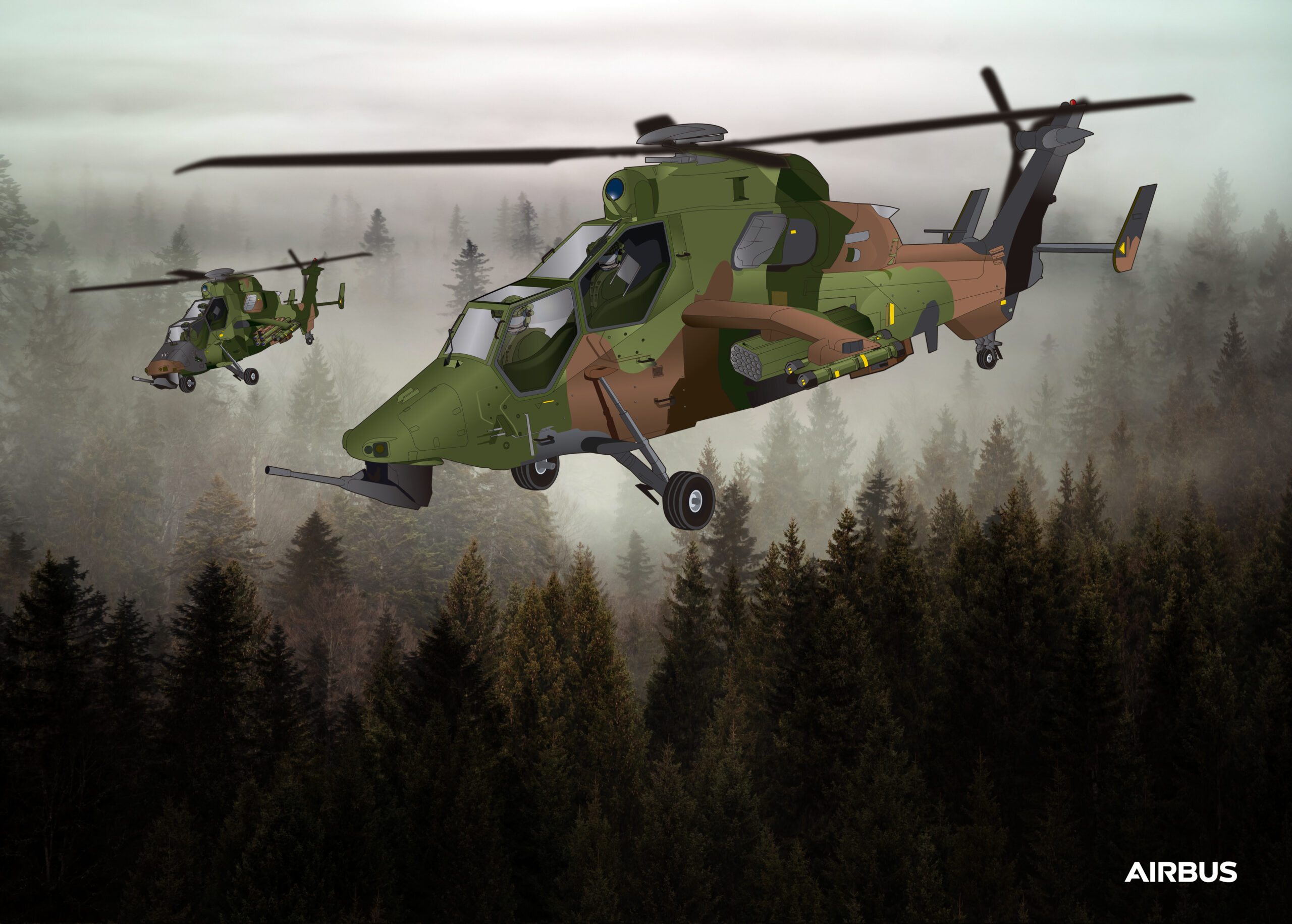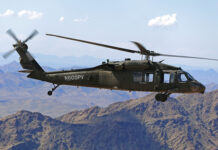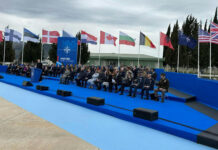The German government has decided not to participate in the Airbus Helicopters Tiger MkIII programme and to withdraw the Bundeswehr’s Tiger combat helicopter from service in 2038, according to a report by the German Press Agency.
Thus, a decision that had been in the air for months now seems to have been made. German government opposition to the continued use of the Tiger had been in evident for some time. Meanwhile, no one from the German armed forces has publicly declared their support for the Tiger; there are apparently considerable doubts within the Bundeswehr as to whether the concept of a combat helicopter flying into territory defended by enemy forces still has a long-term future.
Moreover, in April the German government responded to a question from the CDU/CSU parliamentary group in the Bundestag by stating that it was not assumed that the possible modernisation of Germany’s Tiger combat helicopters under a MkIII mid-life upgrade would significantly improve the material readiness of the fleet, although in its reply the government had stated that the decision had not yet been made. In addition, it emerged from the document that the Tiger’s anti-tank capability was limited, in particular due to a lack of ammunition.

A lack of operational readiness
The Bundeswehr currently has 51 Tiger combat helicopters, for which the planned end-of-service date is set for 2038. For operation beyond this date the German government would have had to join the MkIII Midlife Upgrade Programme, under which the Spanish and French armed forces are planning to upgrade their Tigers.
However, the Bundeswehr has had considerable problems with its Tiger combat helicopter since their introduction and satisfactory availability rates could never be achieved. In May last year then defence minister Christine Lambrecht said that at that point only nine of the 51 helicopters were operational.
The latest report on the material readiness of the Bundeswehr, published by the Ministry of Defence in 2021, says of the Tiger, “The readiness of KH Tiger continued to be at an unsatisfactory level during the reporting period. The backlog of main inspections with a large number of aircraft due to a lack of docking capacities continues to affect the operational readiness of this system. The measures introduced to reduce the inspection backlog will not begin to take effect until the end of 2023 at the earliest. However, the complete elimination of the congestion is not expected before the end of 2026. … The aim is to achieve a significant increase in material readiness at KH Tiger in annual steps up to 2026.”
Light combat helicopter
Meanwhile, however, the German government has committed itself to providing NATO with 48 combat helicopters by the beginning of 2032. In order to compensate for the foreseeable capability deficits of the Tiger fleet and to relieve them, the German government is examining the introduction of a light combat helicopter.
Currently, the most likely option for such a light combat helicopter is the H145M from Airbus Helicopters. This type has already been introduced into Bundeswehr service as a light multi-purpose helicopter ( the H145M LUH SOF) and is mainly used by the special forces.
The German government aims to have the procurement of light combat helicopters approved by parliament this year.
Ole Henckel











